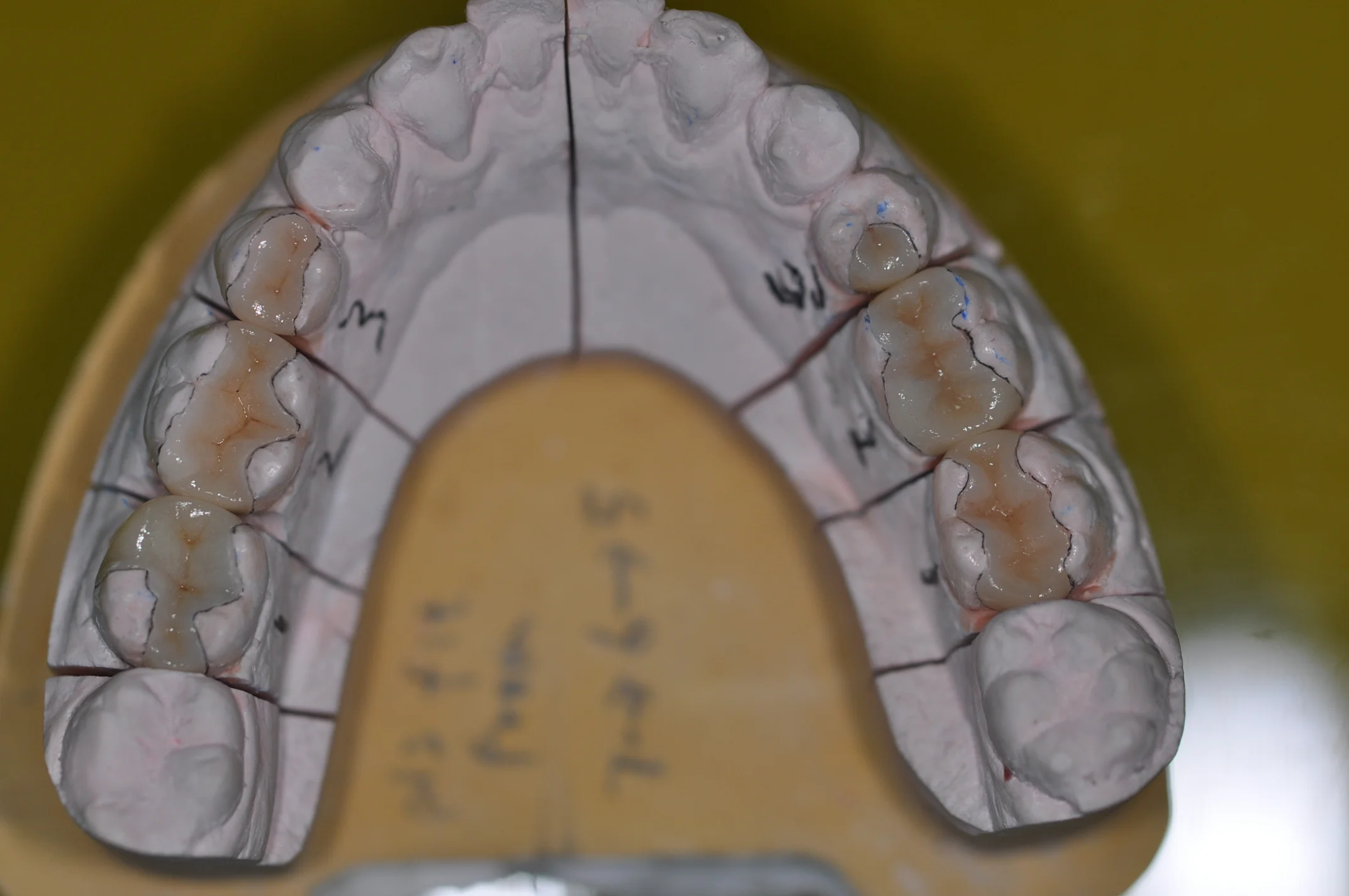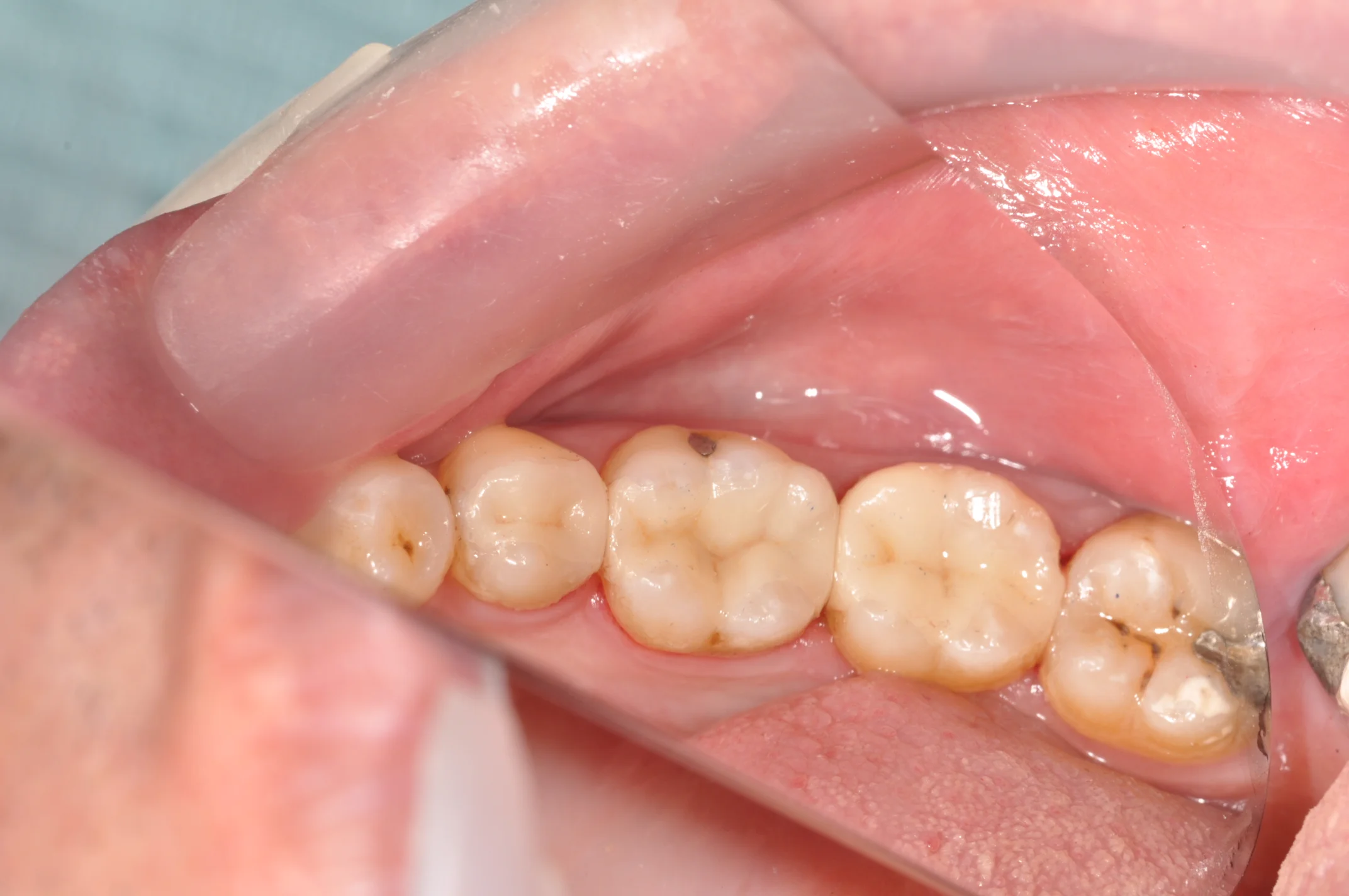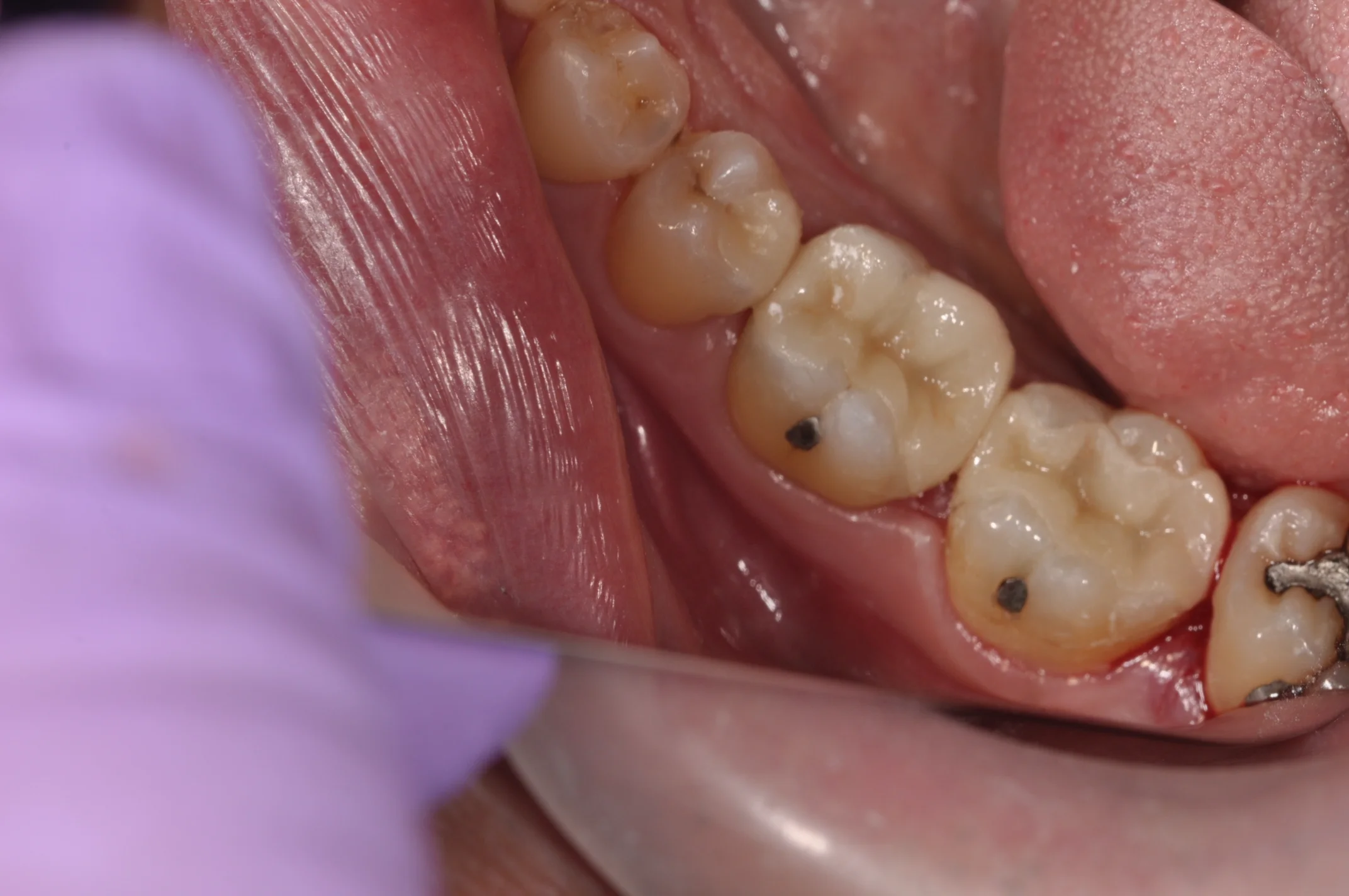Fillings
Used to prevent the spread of tooth decay or correct any cosmetic damage, a filling is just one of the ways our dentists preserve your health.
Before placement, any rot must be drilled out.
We offer local anesthesia along with sedation to ensure maximum comfort for our patients.
There are two different types of fillings: amalgam (otherwise known as silver fillings) and composite resin, the colour of which can be customised to match your natural teeth.
——————————————————————
Amalgam
Made up of silver, copper, mercury, and tin, amalgam fillings are the most durable and economical option for our patients.
They last up to ten years and are less likely to fall out or break.
Commonly used for filling in molar cavities, amalgam fillings can withstand biting pressure and can be fully administered in a single visit.
Despite the mercury content, these silver fillings are perfectly safe for any ages.
However, we avoid doing amalgam fillings as we can either do composite resin fillings or customised ceramic inlay and onlays.
——————————————————————
Composite Resin
This is the material of choice and used for all our fillings. Since the color of a composite resin filling can be customised, it is the most aesthetically pleasing option.
However, it is more expensive and time consuming treatment.
Composite resin is ideal for repairing chipped or cracked teeth, filling in a tooth gap, correcting dental discolouration, protecting any exposed tooth root from gum recession, or changing the shape of teeth.
Patients may also choose composite resin for cavity fillings as they are bonded to the teeth in layers and therefore require less drilling away of the natural tooth.
——————————————————————
Customised Inlay Or Onlay
If the cavities become too large, the dentist may recommend, customised inlay, onlay or crowns.
These are filling material that are specially made in the laboratory to fit the prepared cavity.
The material may be of made of metal or tooth-coloured ceramic.
A special impression (mould) will have to be made in the process and the patient will have to return 1-2 weeks later to cement in the inlays, onlays or crowns.
Laboratory Made Inlays
Large Cavities
Ceramic Inlays
Ceramic Inlays





